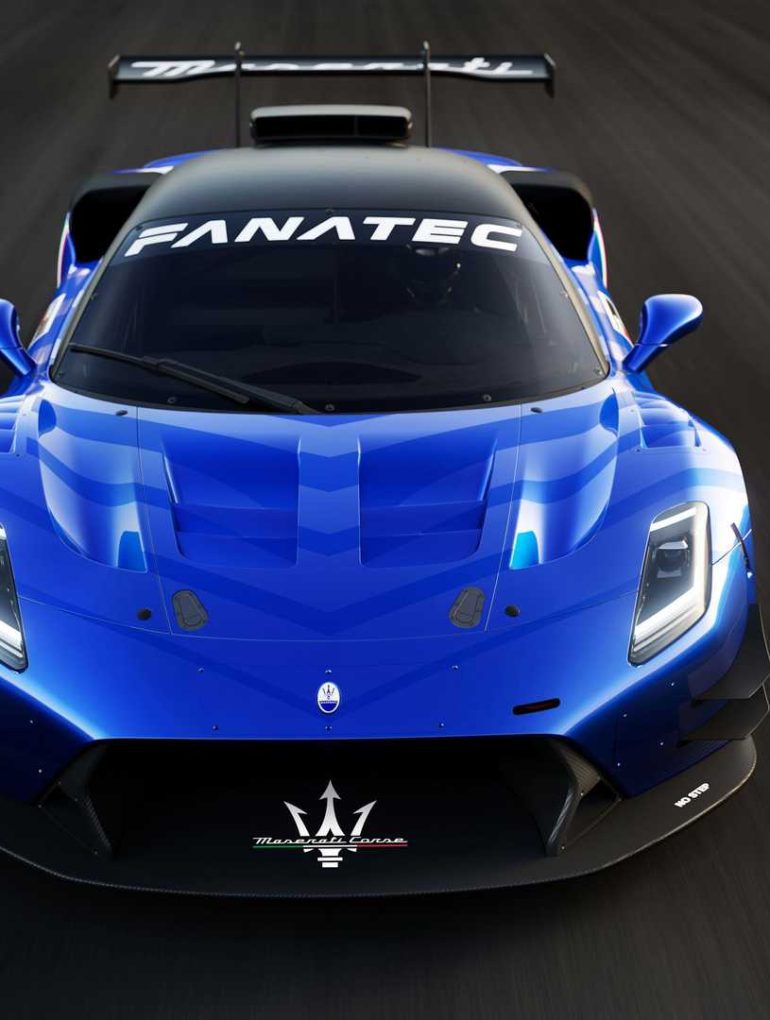In the world of motorsports, the quest for speed, power, and precision has always been the key driver behind innovation. One fascinating aspect of this pursuit is the transformation of street-legal performance vehicles into awe-inspiring race machines. Throughout history, numerous iconic race cars have emerged from the DNA of their road-going siblings, pushing the boundaries of engineering and capturing the hearts of motorsport enthusiasts worldwide.
These race cars often represent the pinnacle of automotive performance, taking the essence of their road-going counterparts and elevating it to a whole new level. Whether it’s the blistering acceleration, the aerodynamic enhancements, or the unprecedented handling capabilities, these racing variants embody the spirit of competition while showcasing cutting-edge technological advancements.
McLaren 720S GT3 Evo
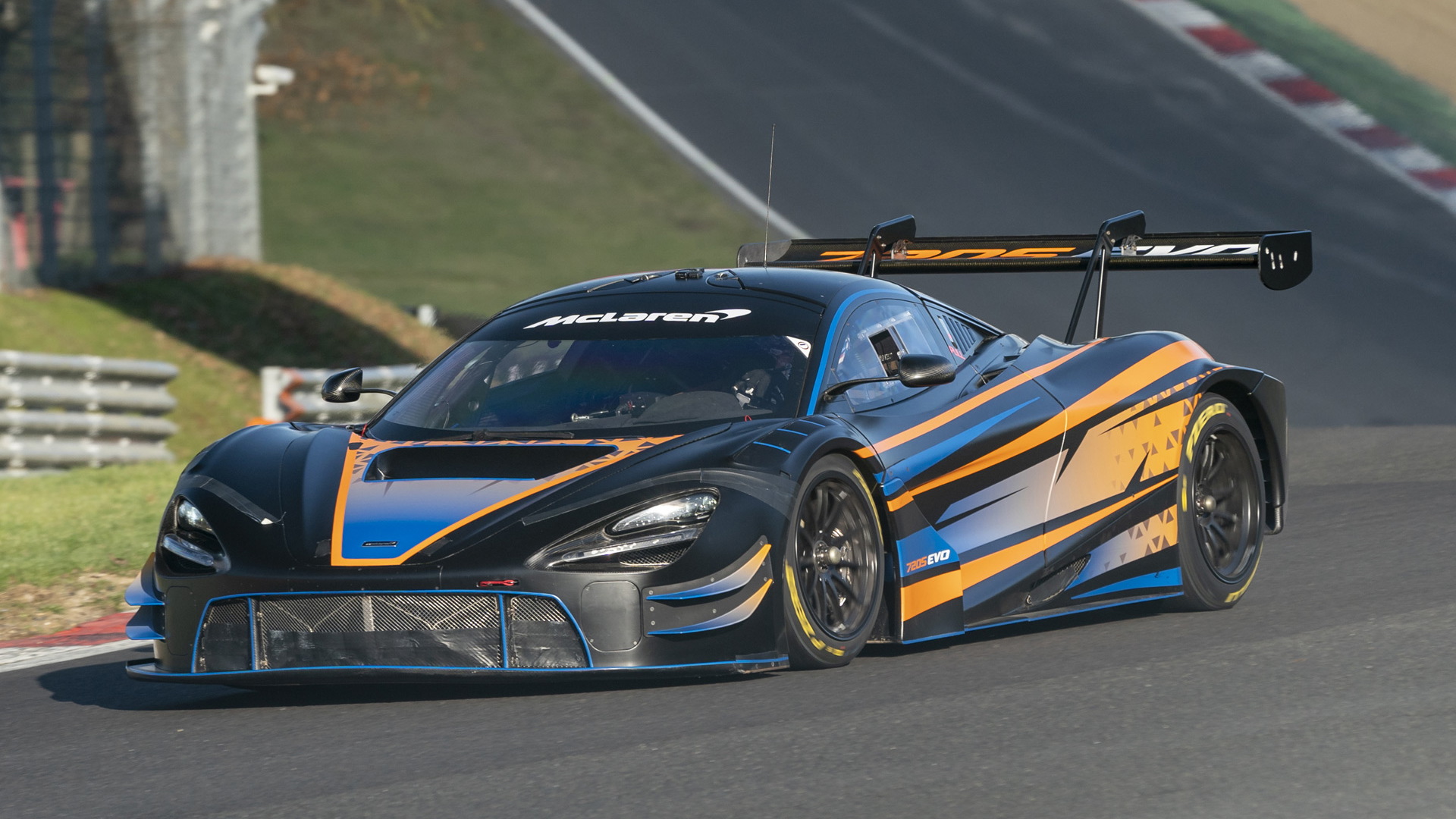
The McLaren 720S supercar may have been discontinued, but its spirit lives on in this hardcore racer. The first race car based on the 720S was the 720S GT3.
Now, that has evolved into the 720S GT3 Evo with notable improvements, especially in its aero package and suspension setup. There is a new front bumper with winglets and a new splitter to increase downforce. The car also gets four-way adjustable dampers and new front and rear upper wishbones for better tyre management options.
The McLaren 720S GT3 Evo will be able to show the racing community what it’s made of at the FIA World Endurance Championship and the 2024 24 Hours of Le Mans.
Porsche 911 GT2 RS Clubsport

The Porsche 911 GT2 RS Clubsport is a track-only special built on the platform of one of the most formidable modern Porsches, the 911 GT2 RS. At its heart is a twin-turbo 3.8-litre flat-six that cranks out a thumping 700 hp at 7,000 rpm.
When it was unveiled, Porsche Motorsports hailed the car as the ‘most powerful, non-street legal, GT customer sports car ever built.’ In addition to the power at the driver’s disposal, the car is also fitted with race-tuned bits such as Weissach-designed chassis, separately adjustable three-way shock absorbers and a custom-designed exhaust system.
The 911 GT2 RS Clubsport is limited to a global production run of 200 units, elevating its exclusivity even higher.
Acura NSX GT3
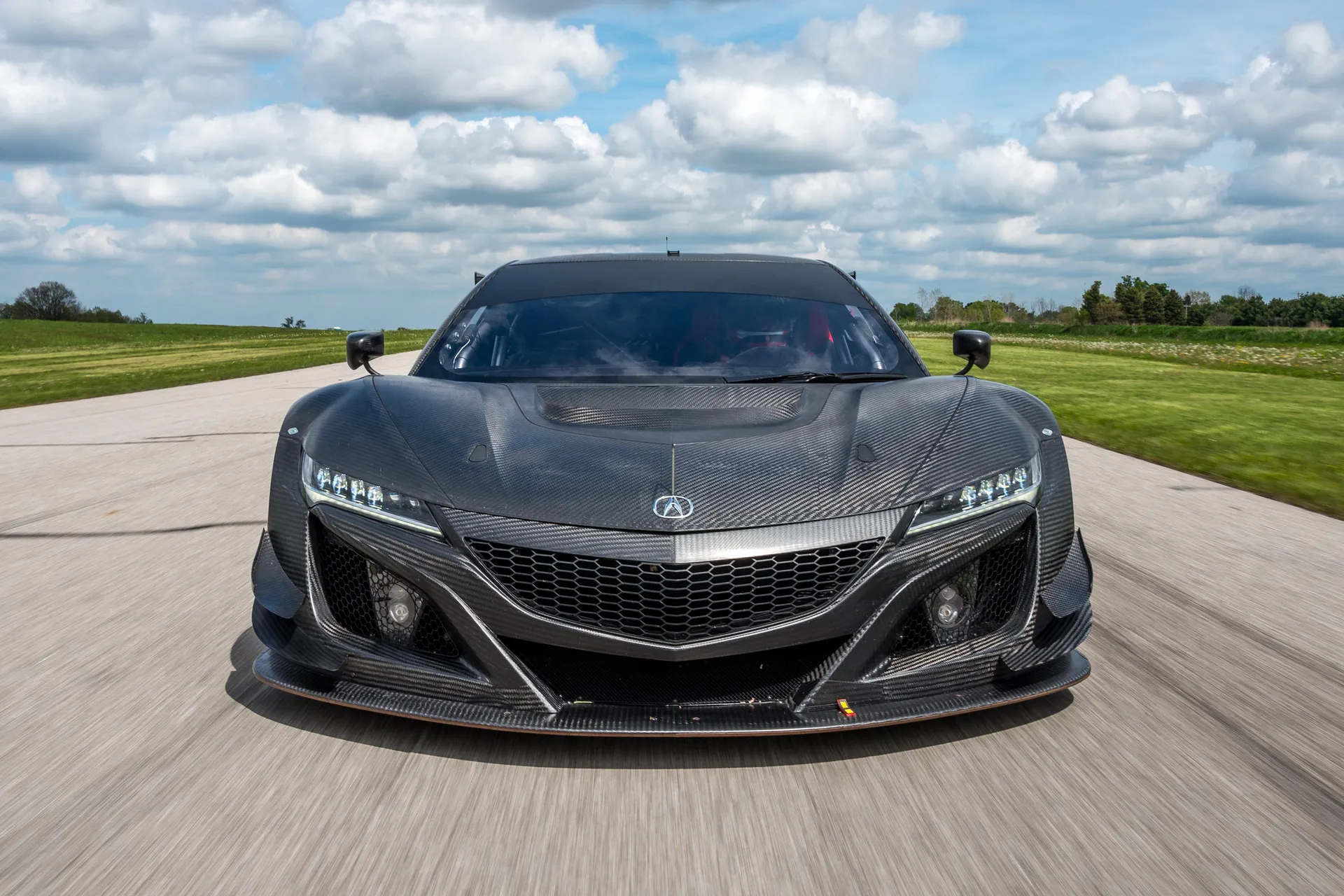
The Acura NSX GT3 is based on its road-going counterpart, like all other race cars built to FIA GT3 regulations. There are some key differences, though.
First, the NSX GT3 drops the hybrid powertrain and all-wheel-drive of the road car in favour of a more conventional internal combustion engine and rear-wheel-drive setup. There were tweaks to other components like the suspension, brakes and bodywork to create a highly capable race car.
The half-million dollar NSX GT3 track toy was quite successful in its maiden year, scoring six podiums and three wins across different racing competitions. In August 2021, an upgraded car dubbed the NSX GT3 Evo22 was announced, promising even more performance and easier maintenance.
Ferrari 488 GTE
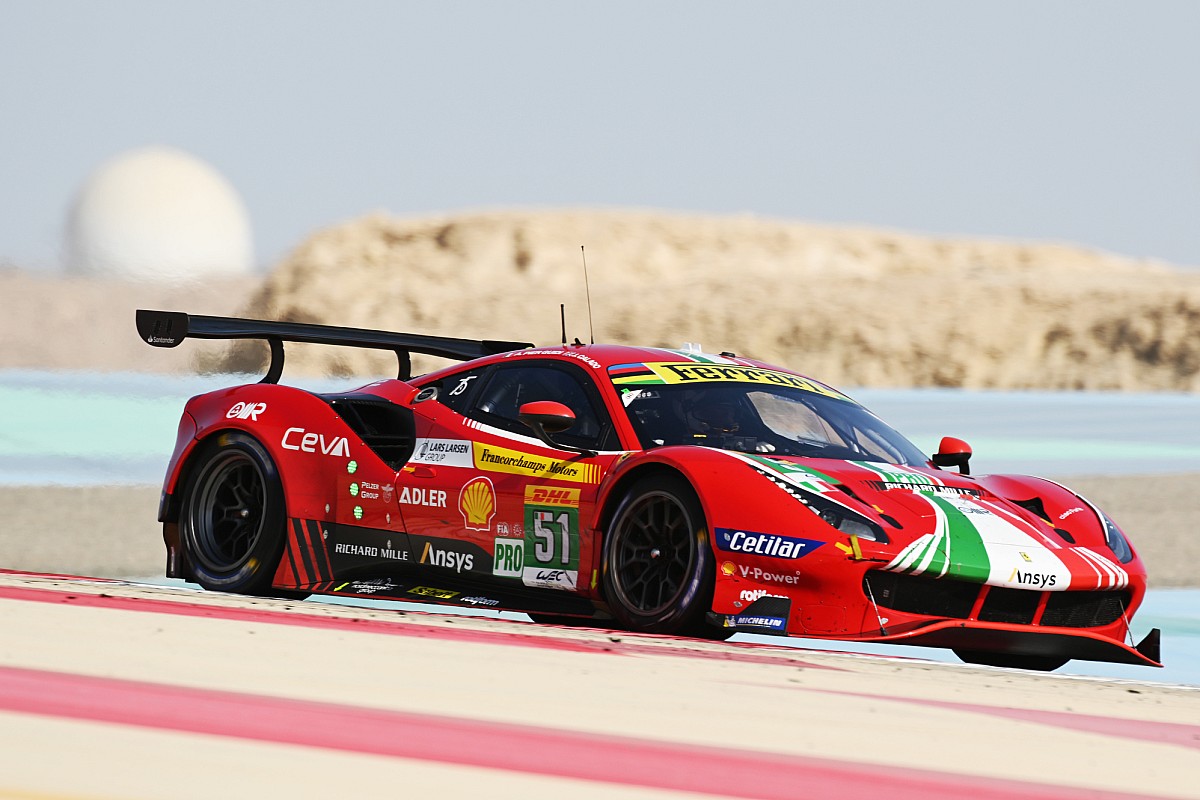
Ferrari sure knows how to take care of its loyal clientele. In addition to its robust production portfolio, limited-series and one-off creations, the carmaker also boasts an impressive arsenal of track-honed specials for its racing customers.
One of the most successful race cars is the Ferrari 488 GTE, based on the 488 GTB supercar. The 488 GTE was designed in compliance with FIA regulations, allowing the car to compete in various FIA competitions globally. The 488 GTE had a new front splitter, exhaust-blown diffuser and underbody vortex generators.
The result was a car with 50% more downforce than its predecessor, the 458 GTE. Its all-aluminum chassis housed a 4.0-litre twin-turbocharged V8 that made 490 hp and 479 lb-ft of torque.
In its debut season, the 488 GTE emerged winner of the 2016 World Endurance Cup for GT Manufacturers with victories at famous tracks, including Silverstone, Nurburgring and the Spa.
Jaguar F-Type GT4

One of the lesser-known entrants on this list, the Jaguar F-Type GT4 was a full-blown race car built by Jaguar initially to compete in the British GT Championship.
The F-Type GT4s were reportedly produced by Jaguar Land Rover Special Vehicle Operations (SVO). The cars shared underpinnings with the F-Type SVR. However, its supercharged V8 was detuned to make about 400 hp in compliance with racing regulations.
The F-Type GT4 also swapped the SVR’s all-wheel drive system with one that only sent power to the rear wheels. Two of the cars were piloted by members of the Invictus Racing Team in the 2018 British GT Championship.
The cars showed potential, but Jaguar decided not to continue with the project, and the pair was sold at auction in February 2020.
Maserati MC20 GT2
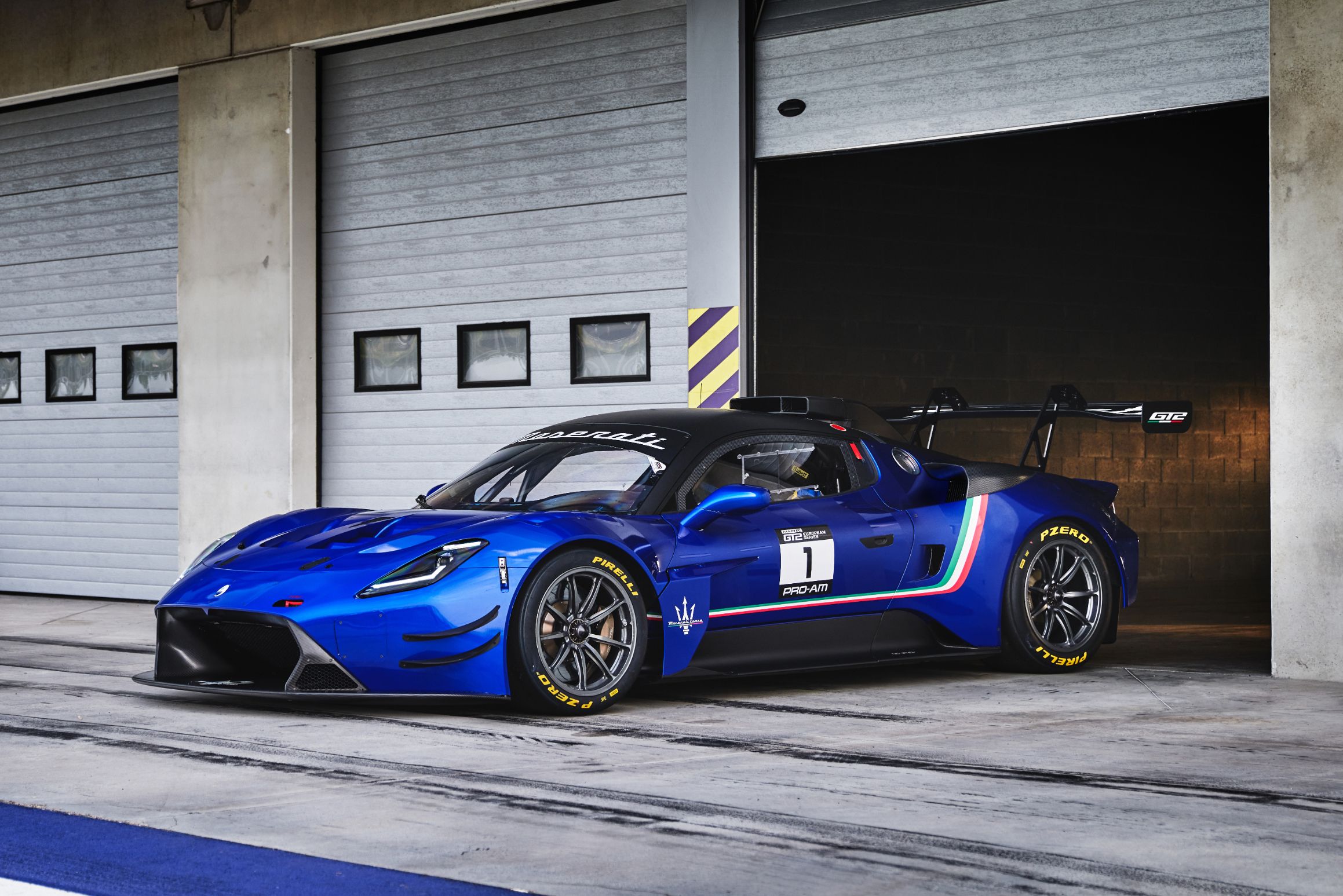
Maserati debuted the MC20 supercar in 2020 to spearhead the carmaker’s return to a position of relevance in the performance segment.
In addition to the coupe, the MC20 has already spawned a convertible variant and a limited-series Project24 track-only car. The latest iteration is a race car simply dubbed the Maserati GT2.
The GT2 marks Maserati’s official return to competitive racing and meets FIA regulations as a single-seater, non-road-homologated race car. Its design highlights include an ultra-light carbon-fibre chassis, a fully flat floor, an adjustable rear wing and an extended front splitter.
The GT2 race car will be powered by a version of Maserati’s Netuno V6 engine that is expected to generate around 620 hp in its base form.
Lamborghini Huracan GT3 EVO2
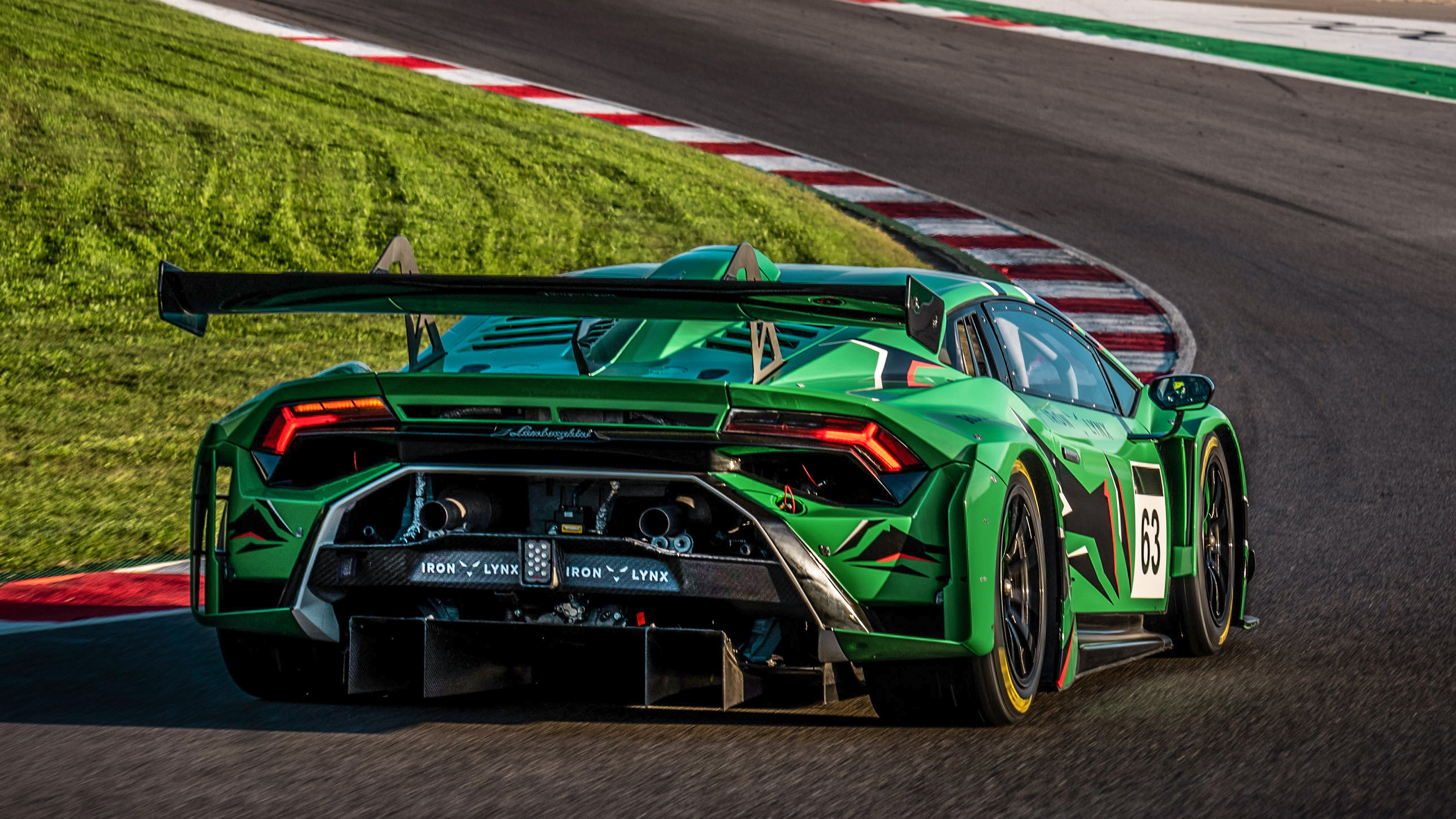
The Huracan GT3 EVO2 is the latest evolution of the Huracan race car. Via HD Car Wallpaper
The Lamborghini brand is no stranger to competitive racing, and the carmaker has a special unit – Lamborghini Squadra Corse – that builds its racing cars. One such car is the Huracan GT3 EVO2, based on the Huracan STO road car.
The all-carbon-fibre bodywork incorporates new splitters, diffusers and a manually adjustable rear wing for aerodynamic efficiency. At its heart is Lamborghini’s famous naturally aspirated V10 that cranks out 631 hp in the Huracan STO.
Like the STO, the GT3 EVO2 is also rear-wheel-drive and is fed by a 6-speed sequential gearbox. The race car is available as an entirely new build or upgrade package for the GT3 EVO race car, launched in 2018.
Mercedes-AMG GT4

Mercedes touts its GT4 race car as the ‘perfect entry into the fascinating world of GT racing.’ Based on the AMG GT R sports car, the GT4 certainly boasts a strong platform to back up the manufacturer’s bold claim.
A roll cage, FIA-approved seating and a 6-speed sequential racing gearbox are just a few of the add-ons for the GT4. Weight reduction is a priority, and the GT4 is an impressive 661 lbs (300 kg) less than the GT R sports car. The race car gets its oomph from AMG’s 4.0-litre twin-turbocharged V8, tuned to produce 503 hp and 443 lb-ft of torque.
The Mercedes-AMG GT4 competes in the FIA-Sanctioned GT4 series, where it is up against rivals from brands like BMW, Porsche and Ford.
Audi R8 LMS GT3
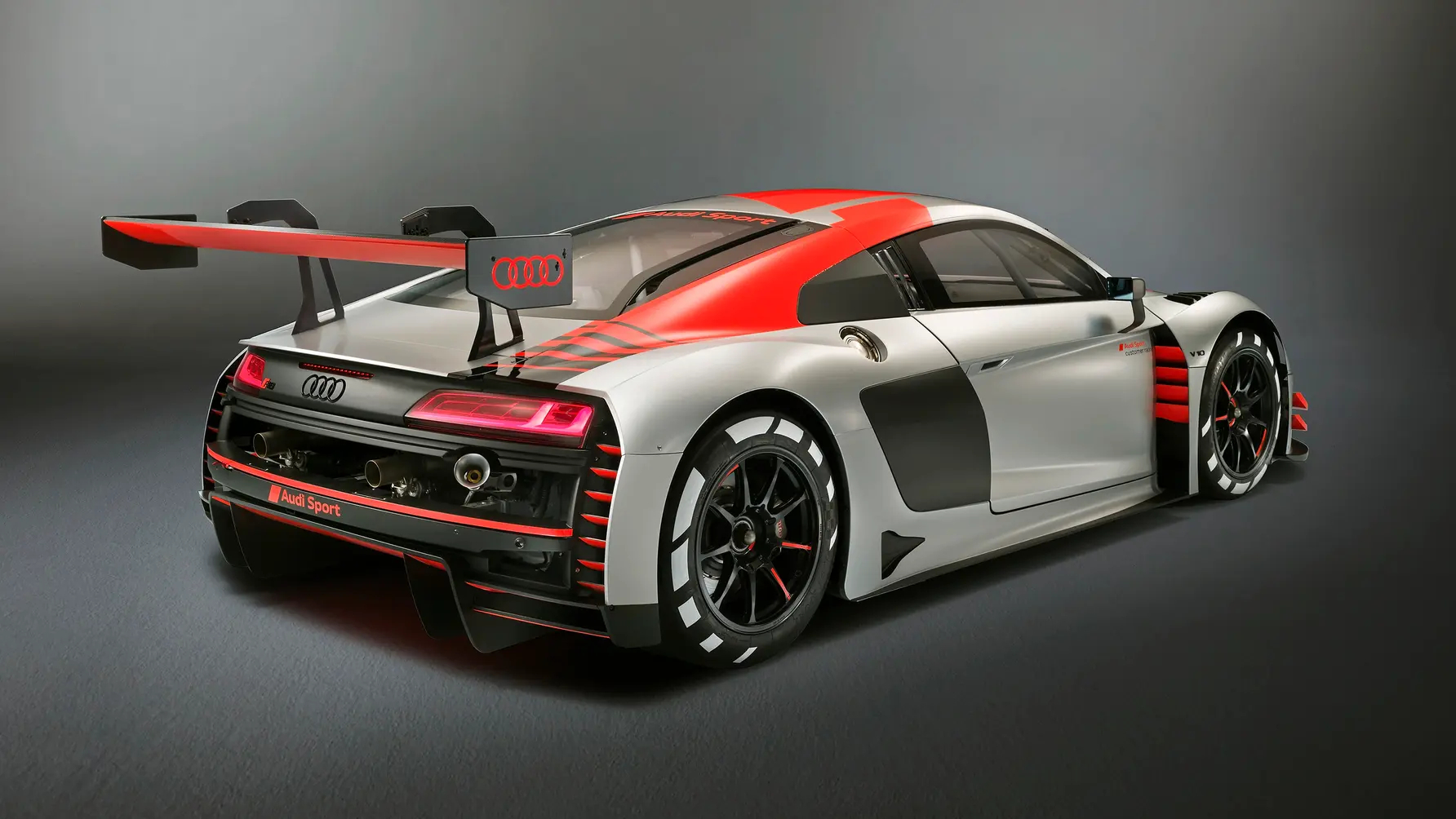
With over 80 drivers titles won globally, the Audi R8 LMS is one of the most accomplished GT3 cars. The roots of the R8 LMS can be traced to 2009 when Audi Sport made the racing version of its R8 sports car for private teams in the GT3 category of the Le Mans Series.
The R8 LMS has steadily evolved since then, with the latest version being the R8 LMS GT3 Evo II. The race car comes with a new wing and a reworked engine air intake alongside changes to the chassis, traction control and aerodynamics.
At $505,000, the R8 LMS GT3 Evo II is not for everyone, but those who can afford it can be sure they are getting their hands on one of the best modern GT3 racing cars.
McLaren F1 GTR

Wrapping this up with one of the most legendary performance cars ever made. The McLaren F1 supercar was a game changer when it debuted back in 1992, and this is not just about its central driving position.
The F1 boasted performance and a driving experience unlike nothing else, setting records seemingly at will. The F1 GTR was a racing variant that spawned off the formidable F1 road car. The F1 GTR race car was designed to compete in GT-style racing, such as the FIA GT and the British GT Championship series. The F1 GTR notched up 41 wins from 131 races.
One of its most memorable victories was the 1995 24 Hours of Le Mans, where it finished ahead of faster purpose-built racing prototypes.


